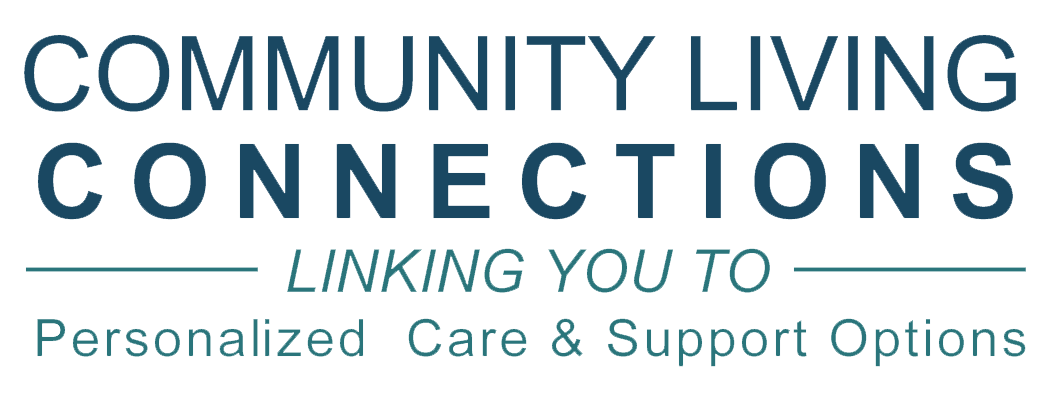Assistive Technology (AT)
What is Assistive Technology?

Assistive technology (AT) offers devices to assist people with disabilities with daily living tasks, education, work, and recreation.
AT includes both devices and services. A device is any item or piece of equipment used to maintain or improve the functional capabilities of a person with a disability.
Examples of Assistive Technology devices can be any of the following:
- Communication boards made of cardboard or fuzzy felt
- Special purpose computers
- Hardware such as prosthetics, attachment devices (mounting systems), and positioning devices
- Computer hardware, like special switches, keyboards, and pointing devices
- Computer software such as screen-readers or communication software
- Specialized learning materials and curriculum aids
- Specialized curricular software.
- Wheelchair vans
- Much more, including electronic devices, wheel chairs, walkers, braces, educational software, power lifts, pencil holders, eye-gaze, and head trackers.
AT services support people with disabilities or their caregivers to help them select, acquire, or use AT devices. Such services also include functional evaluations, training on or demonstration of devices, and purchasing or leasing devices.
Assistive Technology Resources:
- The Washington State Assistive Technology Act Program (WATAP)
- The Assistive Technology Industry Association (ATiA) is a not-for profit membership organization of manufacturers, sellers and providers of technology-based assistive devices and/or services.
Assistive Technology Businesses are active in providing assistive technology in a variety of fields including:
- autism spectrum disorders
- blindness and low vision
- deafness and hard of hearing
- computer access
- communication disorders
- mobility impairment
- mounting systems
- learning disabilities
- cognitive disabilities
- web accessibility
- augmentative and alternative communication devices (AAC)
Connect with Your Local CLC.
Washington’s Community Living Connections staff are available to help you explore your options to meet your current needs or create a plan for the future.Connect now





